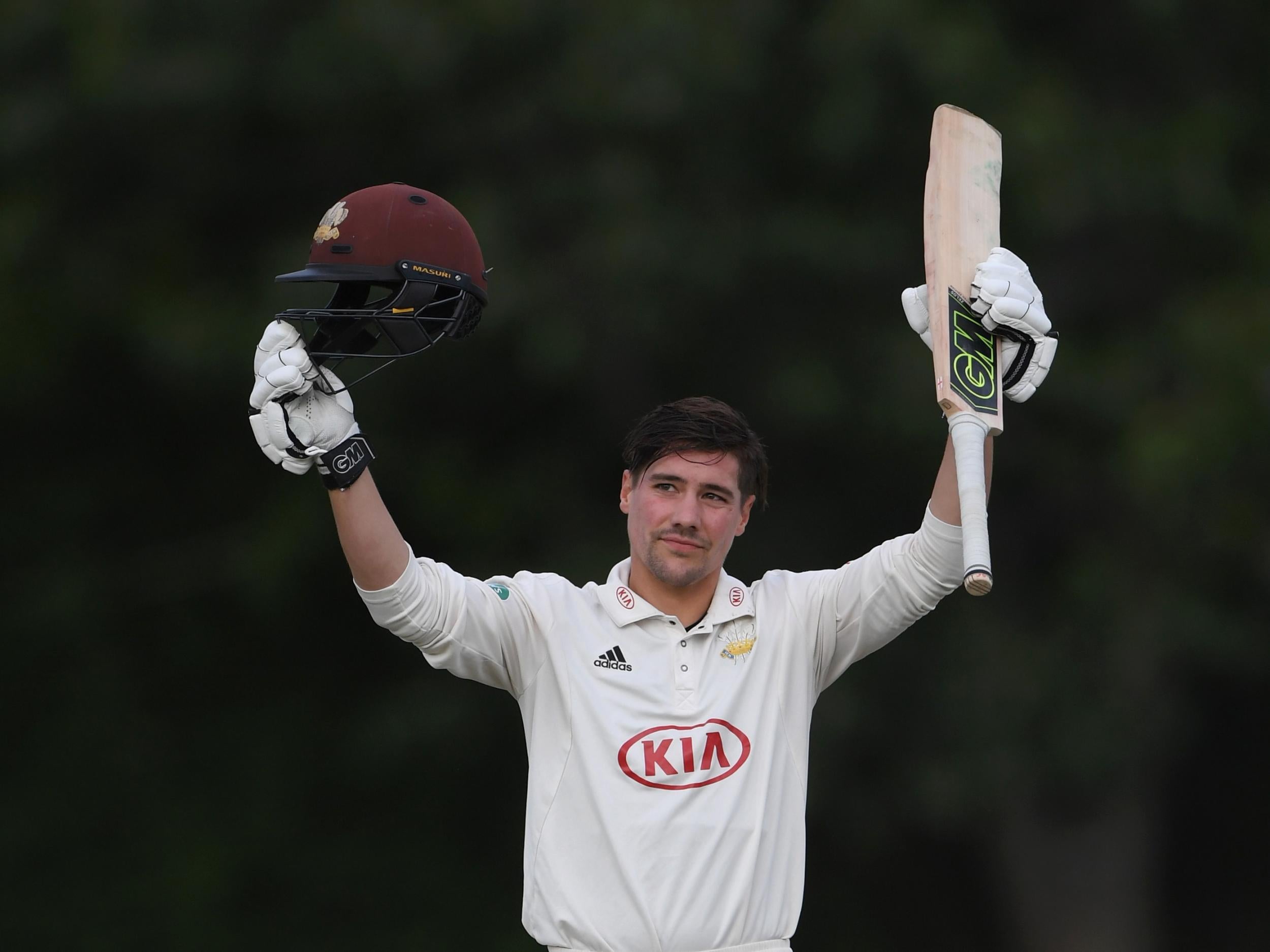The 2018 County Championship will be remembered as the year of the bowler
A staggering 50 bowlers could end the season with an average of under 20

Your support helps us to tell the story
From reproductive rights to climate change to Big Tech, The Independent is on the ground when the story is developing. Whether it's investigating the financials of Elon Musk's pro-Trump PAC or producing our latest documentary, 'The A Word', which shines a light on the American women fighting for reproductive rights, we know how important it is to parse out the facts from the messaging.
At such a critical moment in US history, we need reporters on the ground. Your donation allows us to keep sending journalists to speak to both sides of the story.
The Independent is trusted by Americans across the entire political spectrum. And unlike many other quality news outlets, we choose not to lock Americans out of our reporting and analysis with paywalls. We believe quality journalism should be available to everyone, paid for by those who can afford it.
Your support makes all the difference.Whatever happens in the final round of Championship matches, one thing is certain – 2018 will be remembered more fondly by bowlers than batsmen.
The stats alone are enough to make the average county pro take refuge behind the pavilion sofa.
Only two batsmen across Division One and Two of the County Championship have scored over 1000 runs this season.
Rory Burns, whistled up to the England squad for the Sri Lanka tour last week, and Ian Bell, who played his most recent Test back in November 2015, make up that elite list. To put that into perspective, nine players reached that milestone in 2017.
“That’s bonkers,” says Jimmy Adams, the Hampshire opener who will call time on his 16 year First Class career this week.

“For only two people to reach that total tells you just how tough things have been this season.”
A staggering 49 bowlers currently average under 20 in Division One and Division Two and although that figure is skewed by bowlers who have taken single digit wicket totals this season, it’s still an astonishingly high figure – and one that could top 50 before this week is out.
It’s not just batsmen in domestic cricket that have struggled this season – England and India’s top orders were hardly making hay for the majority of the summer – but with batting collapses as regular as buses on the Oval’s Harleyford Road, it has shone the spotlight sharply on some very modern batting issues.
Some of the scorecards in this year’s County Championships have been reminiscent of those witnessed during the time of uncovered pitches. Just ask the Durham supporters who saw their side achieve the unlikely feat of being bowled out twice in 52.3 overs at Leicestershire’s Grace Road last week.
Or Somerset and Lancashire’s fingernail-less members who sat through an epic tie at the start of the September, with the former failing to chase down 78 in the fourth innings at Taunton.
Yorkshire also managed to win a match against Essex by 91 runs back in May, after being bowled out for 50 in just 18 overs in the first innings of the match at Chelmsford. It was their lowest total since 1973.
Adams, alongside the likes of Paul Collingwood and Jonathan Trott, who are also hanging up their pads for a final time this week, has witnessed at first hand the extraordinary changes in English cricket since the early Noughties.
Not least the changes in scheduling that have left the Championship at the periphery of the domestic calendar.
“The way the season is book-ended means that we are at the mercy of the weather at times,” he says.
“I couldn’t remember a September like it last season but this one has been even worse.

“You get the cricket app up on your phone at lunch and you’re seeing teams with six, seven, eight wickets down in a session.
“Some of it is that bowlers are adapting – a lot of them are prepared to run in and seam the ball. As a batter you can line-up swing but when the ball starts seaming, that’s much harder to deal with.
“But my theory, is that we’re playing so many games in April and so many in September that the weather has a massive impact, particularly when you’re starting a match at 10.30.”
Adams made his Hampshire bow at a time when Twenty20 cricket was still very much in its formative stages. The thought of it one-day providing players with the opportunity to play 12 months of the year and earn big money doing so, was pie in the sky.
Now it’s the dominant format, not just in English cricket but across the globe – and that could be another reason for the 2018 wicket-fest.
“I think batsmen are now expected to be able to perform in all the white ball formats,” says Adams. “Again, it’s very subjective, but by doing that, the white ball is now becoming the biggest part of a player’s career and has a huge impact on their future earnings.
“You’re going to spend as much time honing your ability to strike the ball as you are your ability to play the seaming ball.
“That may well be playing a part. When I was coming through, you earned your crust in red ball, that’s where you had to make your mark to establish yourself.
“Now it’s the other way round. Everyone has embraced white ball, and rightly so – but maybe it’s leaving batsmen less well-equipped both technically and mentally when conditions are unfavourable.”
That’s an accusation that has been levelled at England’s batsmen in recent years.
And while bowlers continue to suffer in Twenty20 cricket, in the longest format they’re getting their revenge – leaving batsmen red-faced against the red ball.
Expect more of the same this week.
Join our commenting forum
Join thought-provoking conversations, follow other Independent readers and see their replies
Comments